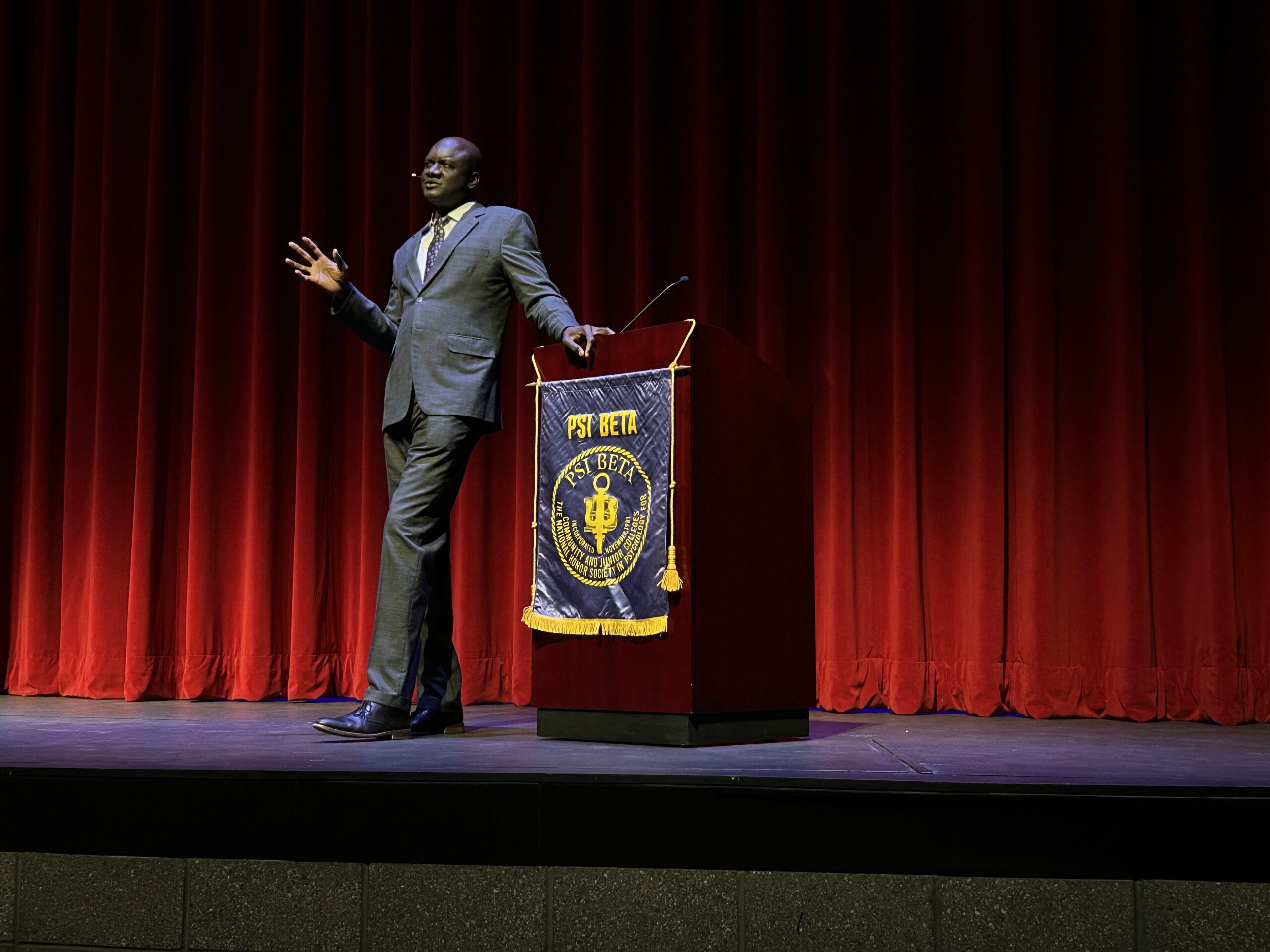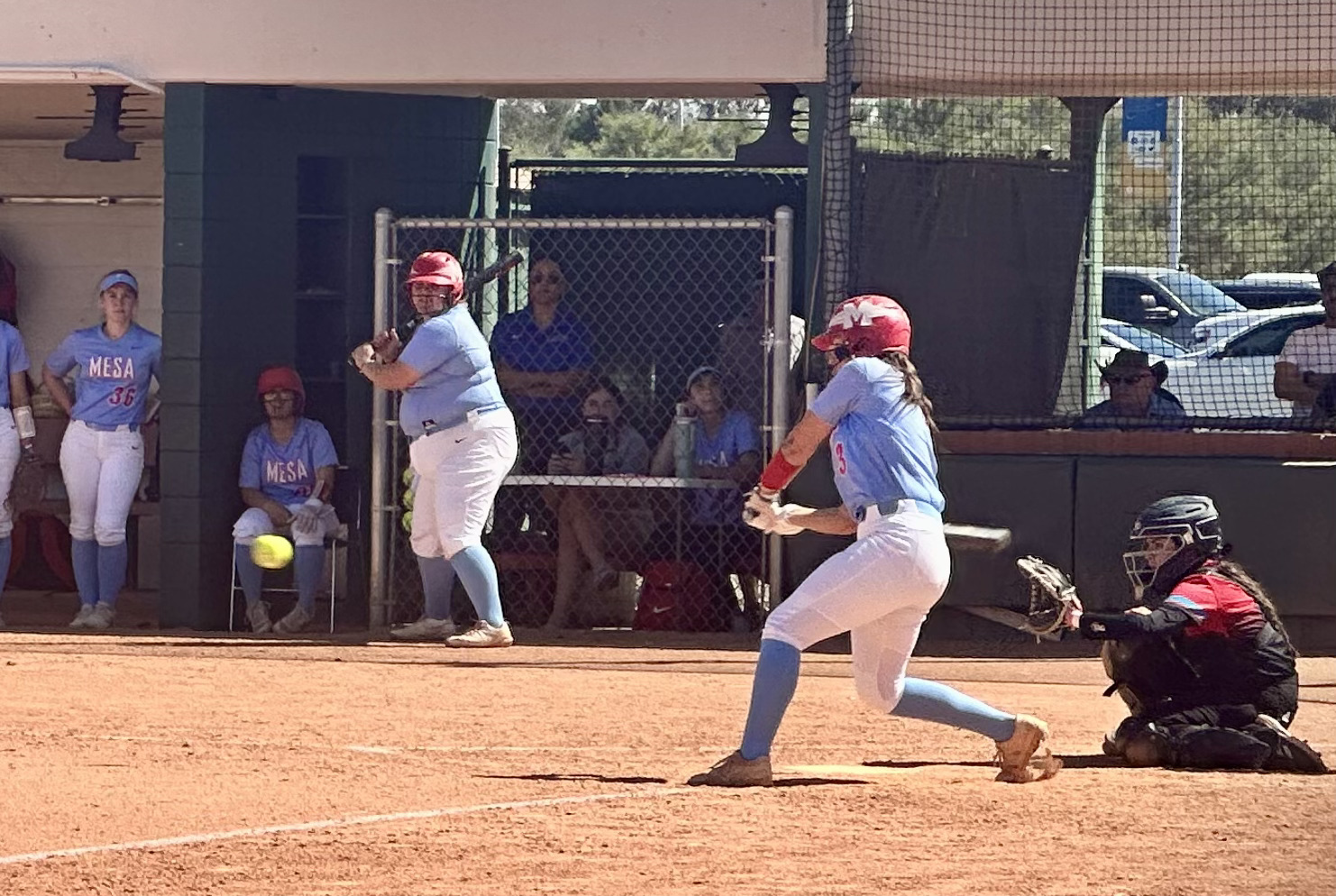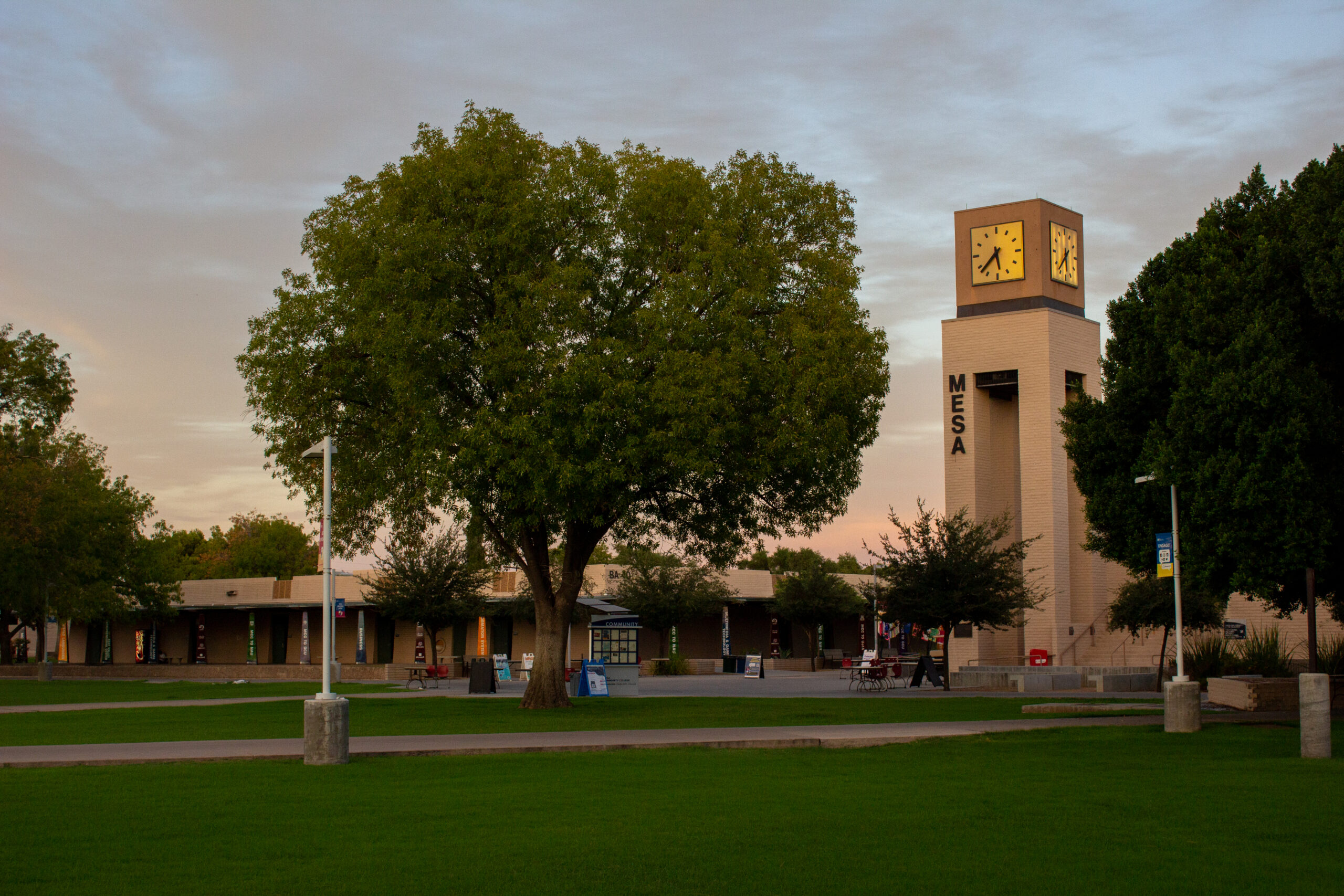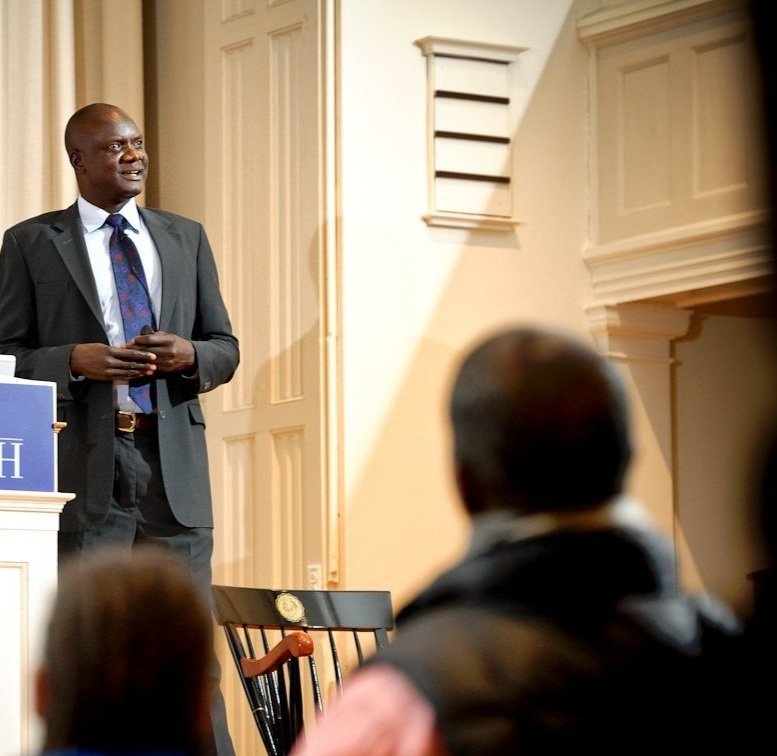Switch to digital format to affect millions of households
Patricia Moore
On Feb. 17, 2009, broadcast television will transition to a digital format. While subscribers to paid television providers such as cable or satellite will not be effected by the switch to digital, a minimum of 19.6 million households currently rely on over-the-air signals and may find that their current television and antenna systems will become obsolete.
Not all over-the-air viewers will be affected and some televisions come equipped with an ATSC tuner which allows the television to receive a digital signal.
For those with older television sets, a digital to analog converter box, also called a digital receiver or set-top box, can be attached to the television in order to make it work properly.
Converters are available in most electronics stores such as Best Buy or Fry’s Electronics. A simple converter can be purchased for as low as $50 and prices top out between $180 and $200.
For some households, it will be necessary to upgrade their existing antenna to one that receives both VHF and UHF frequencies which can add another $60 to $100 to the cost of maintaining “free” television services.
The Federal Communications Commission will be issuing up to two $60 coupons per household to help defer the costs of retro-fitting televisions with the converter boxes.
Information on the TV Converter Box Coupon Program can be found at www.dtv2009.gov.
The nationwide switch from analog signal to digital is required by Title III of the Deficit Reduction Act of 2005 which set the February 2009 deadline.
Not all of the airwaves will be used for commercial purposes though as some have been set aside for public safety.
Allowing police, fire fighters and other first response emergency workers access to real time mobile broadband connectivity will provide them with tools and resources that are currently unavailable.
The FCC is currently participating in an 80 city tour with the purpose of educating citizens about the transition and how to make sure they have compatible television equipment.
The tour is primarily targeting areas in which 15 percent or more of the population watches over-the-air television.
The Consumer Electronics Association and National Association of broadcasters have worked cooperatively to create a mapping program that will help consumers find the best antenna for their needs based on geographical maps and local signal strengths. This program can be found at www.antennaweb.org
Over-the-air television viewers are being encouraged by retailers, broadcasters and the FCC to act early in acquiring the appropriate hardware to avoid a supply crunch on and around the Feb. 17 transition deadline.









